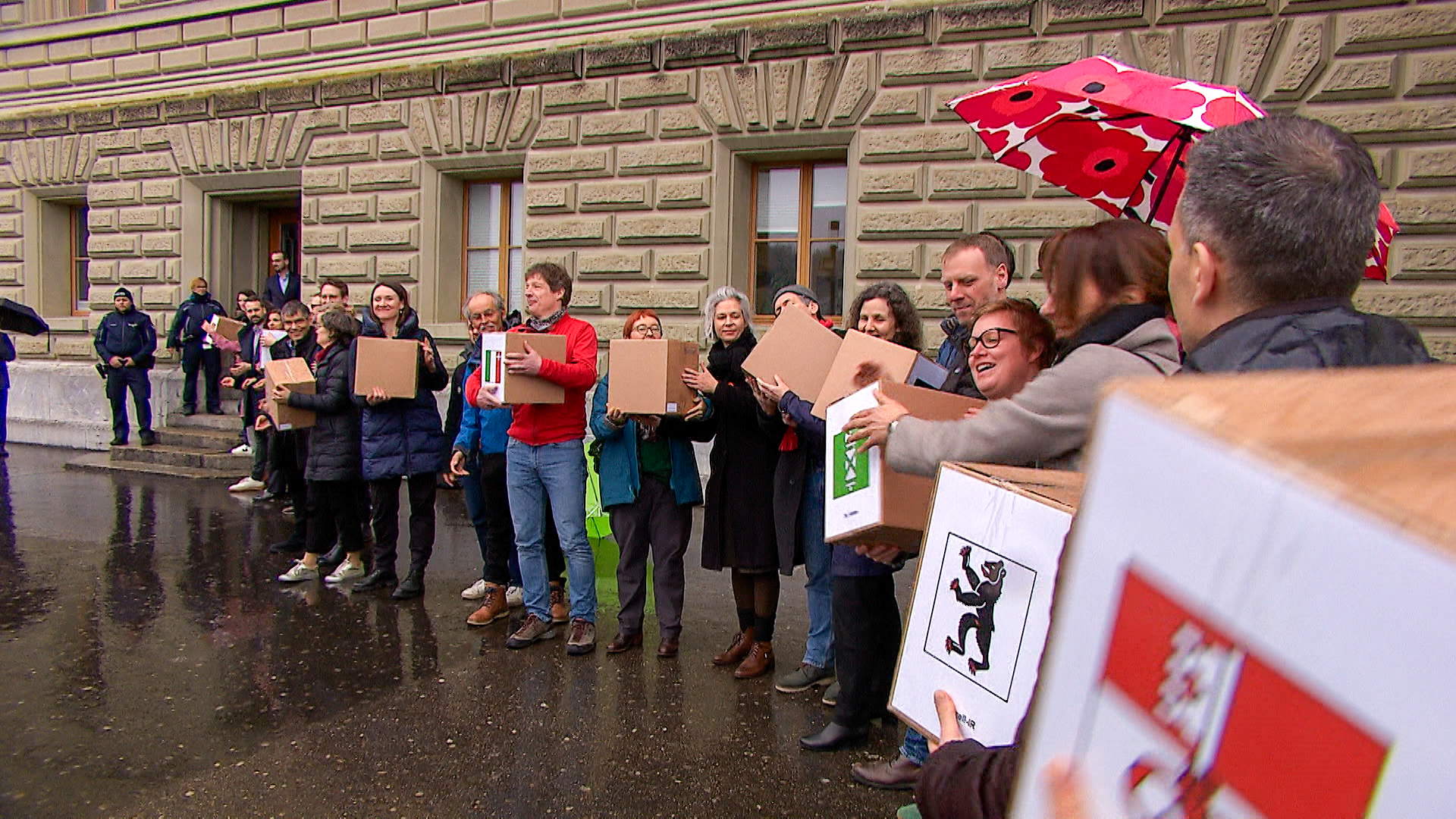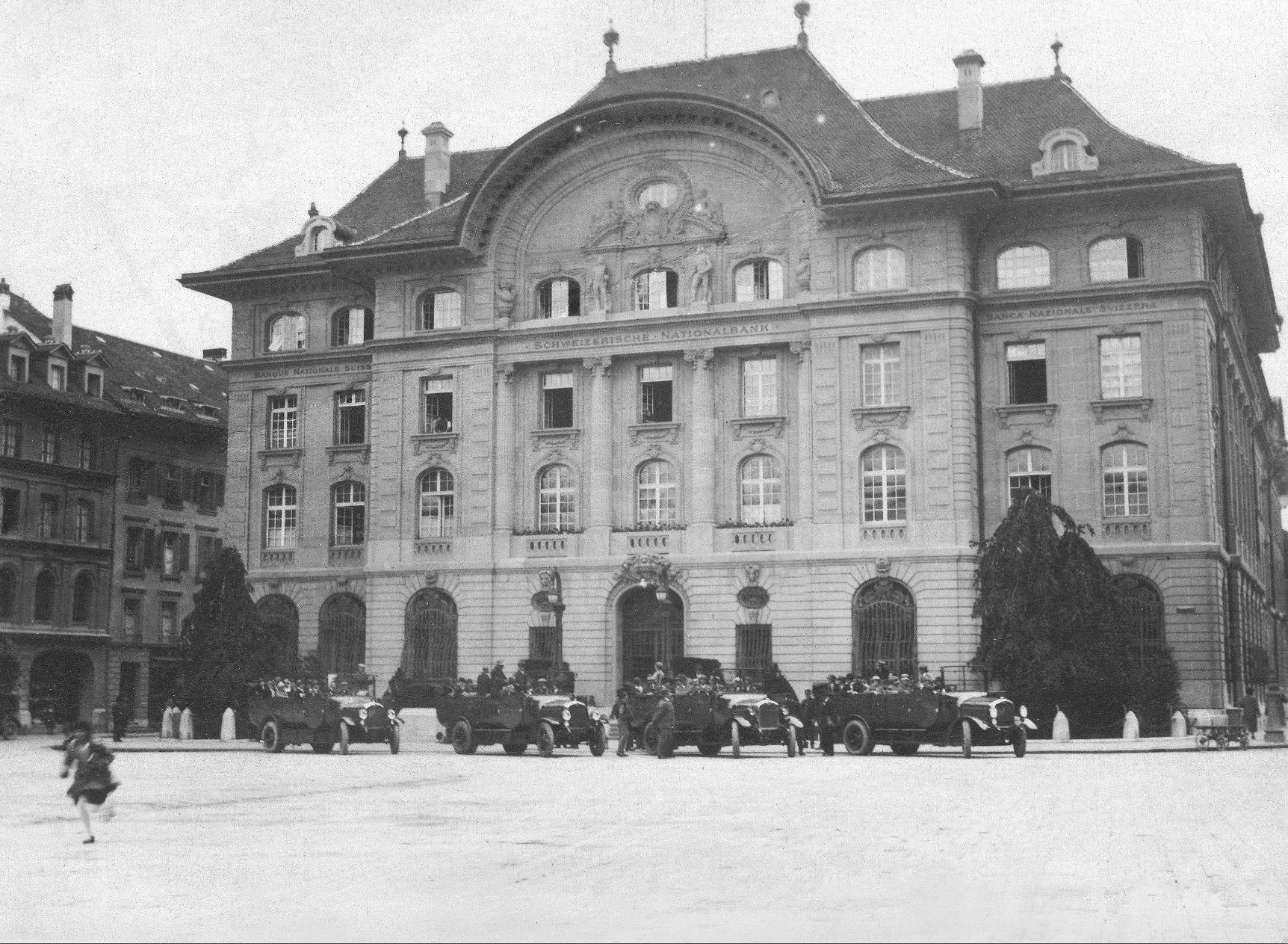
Only the best will do
For the past century, the Swiss National Bank's headquarters have sat right next to the parliament building in the capital Bern.
The offices opened for business in 1912 and are rumoured to hold the country’s gold reserves in their basement. But decisions are taken in Zurich, Switzerland’s main financial centre, where the three-member governing board works at the other headquarters. A recently published book about the bank’s history in Bern provides some glimpses of little-known facts.







































You can find an overview of ongoing debates with our journalists here . Please join us!
If you want to start a conversation about a topic raised in this article or want to report factual errors, email us at english@swissinfo.ch.